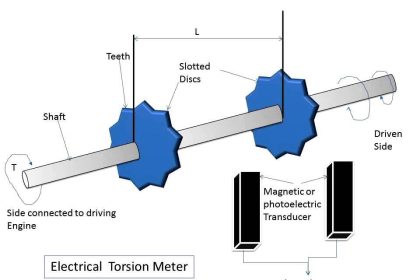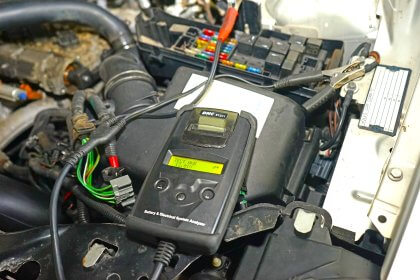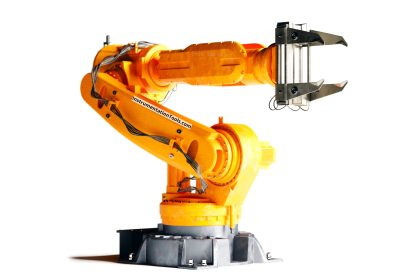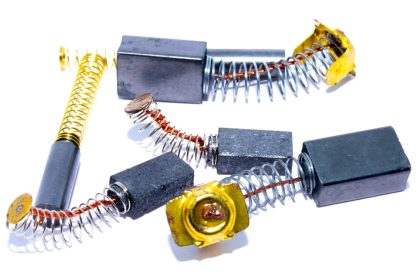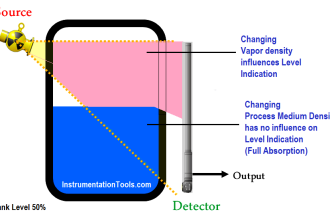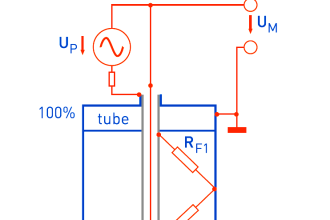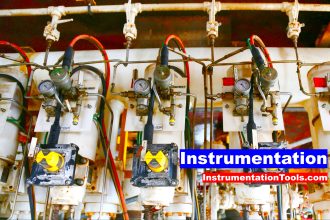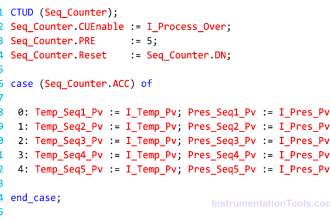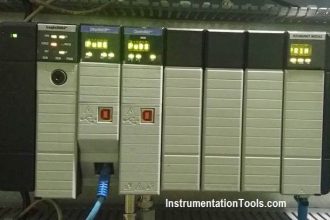Industrial automation is a process to automatically executes a process without human intervention. This means that the tasks that we do; will be done by a machine just by writing software code in it.
According to the code written, the machine will do the task. Reducing manual intervention reduces bugs, increases efficiency, increases reliability, and achieves accuracy to a very good level.
Industrial automation is basically divided into two working categories – discrete and process. In this article, we will learn the concept of discrete automation.
Discrete Manufacturing Automation
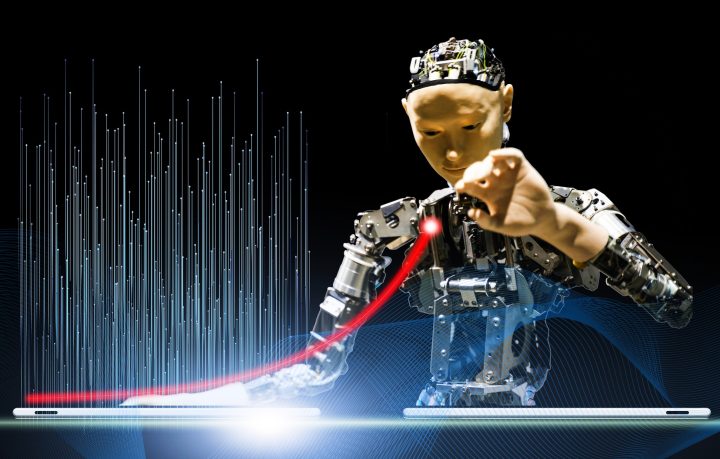
Discrete means digital. Digital can either be on or off. In terms of discrete automation, it is more co-related to count ability. Discrete automation relates to the automation of processes that can be counted.
Now, a process is generally not counted. The items that the process will manufacture are countable. So, discrete automation thus deals in processes that manufacture countable items. A simple example will be a bottle-filling machine. Suppose you have installed an automatic machine to fill the bottles with liquid automatically.
Basically, this machine will fill a bottle with liquid as soon as it arrives and immediately will dispatch the filled bottle to the next process. After dispatch, it will again be ready to accept the next bottle. The number of bottles filled can be counted easily. In that sense, you can exactly get the production counts of the bottles.
Discrete automation basically gives you a clear idea of how much production can take place in a given set of times. For this, it doesn’t matter how many cycles or steps you have taken to fill that bottle. The end result is the filled bottle. This is countable and that accounts for how much production you have achieved. Discrete automation is thus directly related to real-time production and it involves processes that manufacture countable items.
To understand more clearly, let us compare this with process automation. Suppose you are given a process to control the temperature of a plant room. Now, you have devices in it like a compressor, chiller unit, AHU unit, heat exchanger, etc.
In this automation, you are accurately controlling the temperature of the plant automatically, without any human intervention. So here too, you are getting the advantages of industrial automation; but you are not producing something. Instead of producing, you are controlling something at a desired level. This differentiates process automation from discrete automation.
Discrete automation focuses more on speed and positioning; whereas process automation focuses more on control and stability. Popular examples of process automation are oil refineries, chemical industries, etc. where processes are automated to control a parameter and achieve something different accordingly.
The most popular and trending examples of discrete automation are robots, cobots, integrated robot AI solutions, etc. We can thus conclude that discrete automation will convert raw materials into finished goods items. These items can be counted and thus accounts for production activities. Both process and discrete automation have different levels of technologies in them to incorporate the output. It is to be noted that if many don’t know, then discrete automation is also called machine automation.
In this way, we saw the concept of discrete automation.
